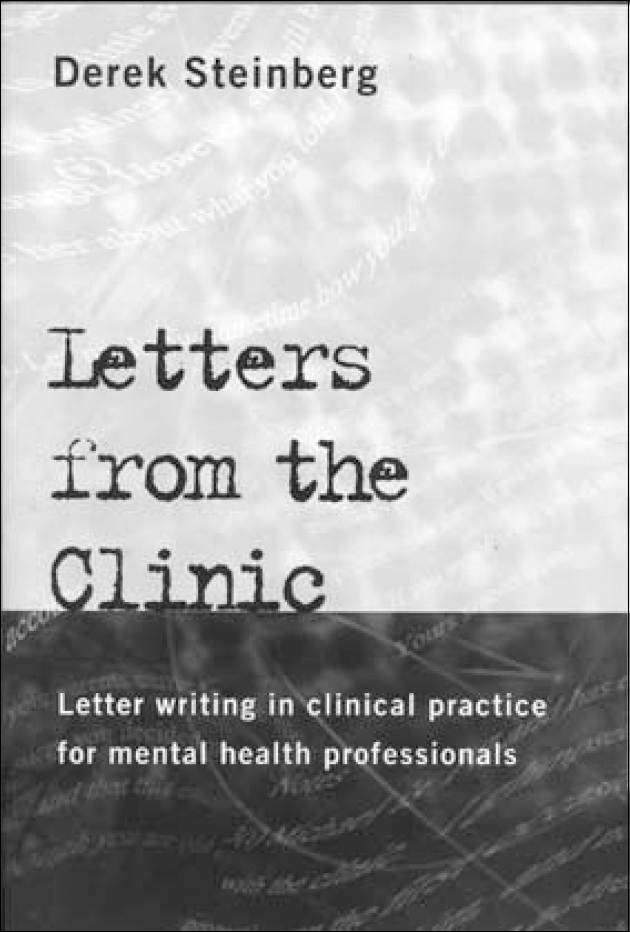We all send, read and receive acres of letters about our patients and clinical work, indeed writing and reading letters could even be said to take up the majority of the time of senior psychiatrists. Yet it's amazing how little discussion about the process of letter writing exists, and how impoverished the literature is on improving clinical practice through the more deliberate use of letters. The primary point of this unique book is the power of words, and the value of choosing thoughtfully what we say in our letters.

There was a tradition in the professorial unit at the Maudsley Hospital where a group of registrars would be required to read each other the letters they had written that week, not, as would firmly be pointed out, for the purposes of mutual congratulation. The issues for discussion included the internal logic of letters, their ability not just to inform, but to persuade and convince the receiver to collaborate in a shared therapeutic perspective of the problem.
This book suggests a reappraisal of the use of letters in clinical practice and argues their potential power has been underestimated to improve relationships between professionals and service users. Indeed, given how closely letters are tied in the popular imagination with the deepening of relationships, and how emotionally powerful it is to receive a letter from a friend or relative, it is odd psychiatrists of all professionals have neglected their potential.
A particularly intriguing suggestion from the book is the use of the letter to the patient to summarise and clarify what had happened in a just ended session with the therapist as an aide to heightening the therapeutic impact of the clinical encounter.
The book, to this end, does raise some overlooked issues, like the importance of the initial letter a patient receives about his or her first appointment to see a psychiatrist — the invitation as the author puts it. Yet while effectively and provocatively exploring this topic, perhaps in line with the consultative tradition of the Tavistock, where the author received some of his training, directive solutions are not as comprehensively looked into as perhaps is possible.
For example the rich potential of this kind of letter in assisting the patient in starting to work on his or her problem, preparing him or her for the first session and even helping him or her to start treating him- or herself by suggesting avenues for self-help, are not discussed.
However, in the rest of the book the issue of improving our letters in most situations is investigated in depth, and the true power of this book is that after reading it, your letters, and your practice, will never be the same again.



eLetters
No eLetters have been published for this article.